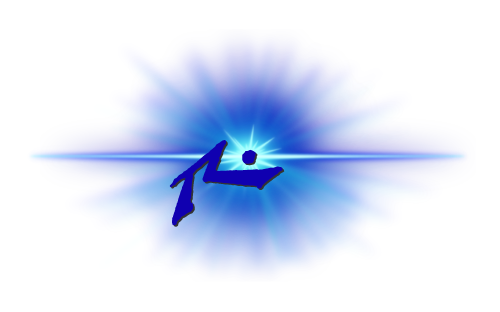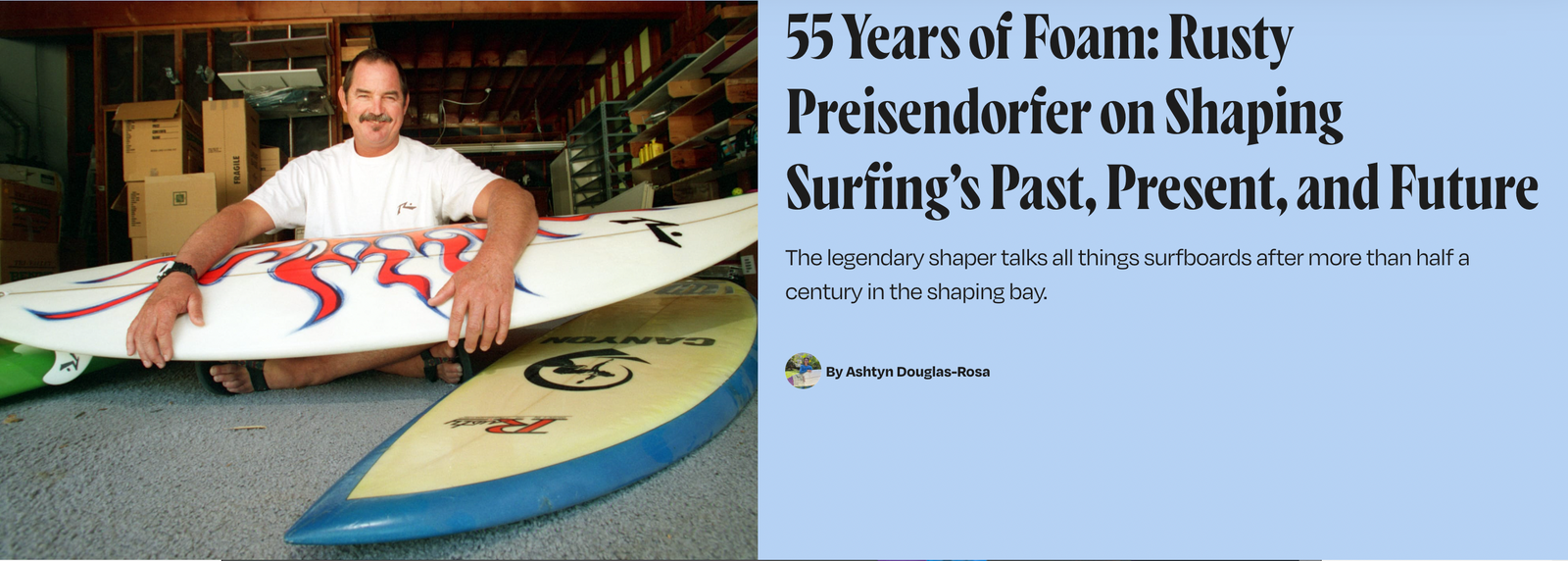SAN DIEGO, California - Rusty Surfboards is excited for the upcoming release of their new Torsion Spring Technology. The Torsion Spring technology is all about flex and spring. It is a stringerless board, with a waterproof core (WPC) that uses a closed cell foam with minimum water absorption of 0.001%. The Torsion Spring Technology creates a strong structure around the rails through the main part of the board and the 3D perimeter reinforced construction rails around the hull of the board transition to a more dynamic flex pattern of a leaf spring under your back foot. This unique feature harnesses the kinetic energy gathered through the entire board with the ability to release all power with control. It enables the board to create speed at the first turn, keeping it constantly through maneuvers. The board is always ready, loaded with drive yet loose, waiting for your command.
The WPC (waterproof core) is a special developed blank that is waterproof, stronger and lighter than PU, with great flex and spring. “The blank does not take in water, so if you get a ding in the water you can be back in the lineup faster than ever before,” says Rusty Preisendorfer. Rusty adds, “This also means that your board should have the same weight forever. Even if you ding it, it will only add the weight of your fixing. The WPC has the dynamic flex of polyurethane and the light weight of EPS.” Its closed cell foam (waterproof) produces a structural bond to specially developed cloths using high grade epoxy resins utilizing our VLS -Vacuum Lamination System that create a board without any excess resin, keeping it stronger and lighter.”
The HEKC (High Endurance Kevlar Carbon) tape has been developed to a perfect match. The blend of rigid carbon and the flexibility of kevlar are combined in a lay-up that is ideal for torsional flex and control. Carbon fiber is essentially a mesh of carbon (graphite) "fibers" or strings (usually woven to form the fabric mesh) in some sort of polymer (plastic) matrix. It is very light and very stiff. The "carbon kevlar" is still a carbon fiber mesh in a matrix, but they add some kevlar fibers to add some strength. While being light and stiff, the carbon fiber isn't particularly strong. By adding some kevlar, you sacrifice some lightness (ie, it's heavier) but gain some strength.
Another cool feature of the Torsion Spring technology is that it is stringerless. Because the board is stringerless, it removes the two-dimensional restriction of the board to deliver on that engineered flex. It doesn't have anything in the middle of the board, therefore, it does not divide the board by two sides. It lets one rail communicate to another rail when you are turning or when you are snapping off the lip. You are always twisting your board and you don't always feel it, but it's always twisting underneath your feet.
Watch Clint Preisendorfer explain in the video above.




